The Role of Technology in Supporting ABA Therapy Services
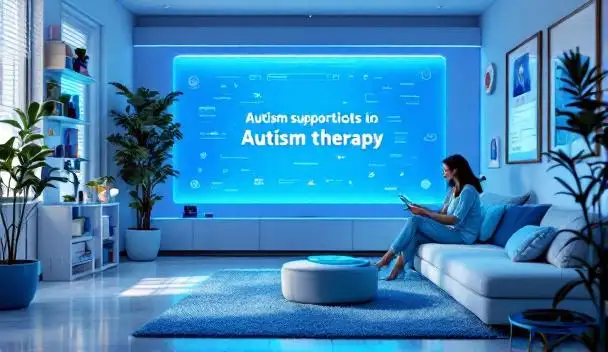
Harnessing Technology to Revolutionize ABA Interventions
In recent years, technological advancements have profoundly transformed Applied Behavior Analysis (ABA) therapy, augmenting traditional methods with innovative digital tools. From virtual and augmented reality environments to AI-driven data analytics, technology is now central to delivering personalized, accessible, and effective ABA services. This article explores how these advancements support children with autism spectrum disorder (ASD), enhancing assessment, intervention, and ongoing management, and looks ahead to future trends shaping this dynamic field.
Tools and Environments Leveraging Virtual and Augmented Reality
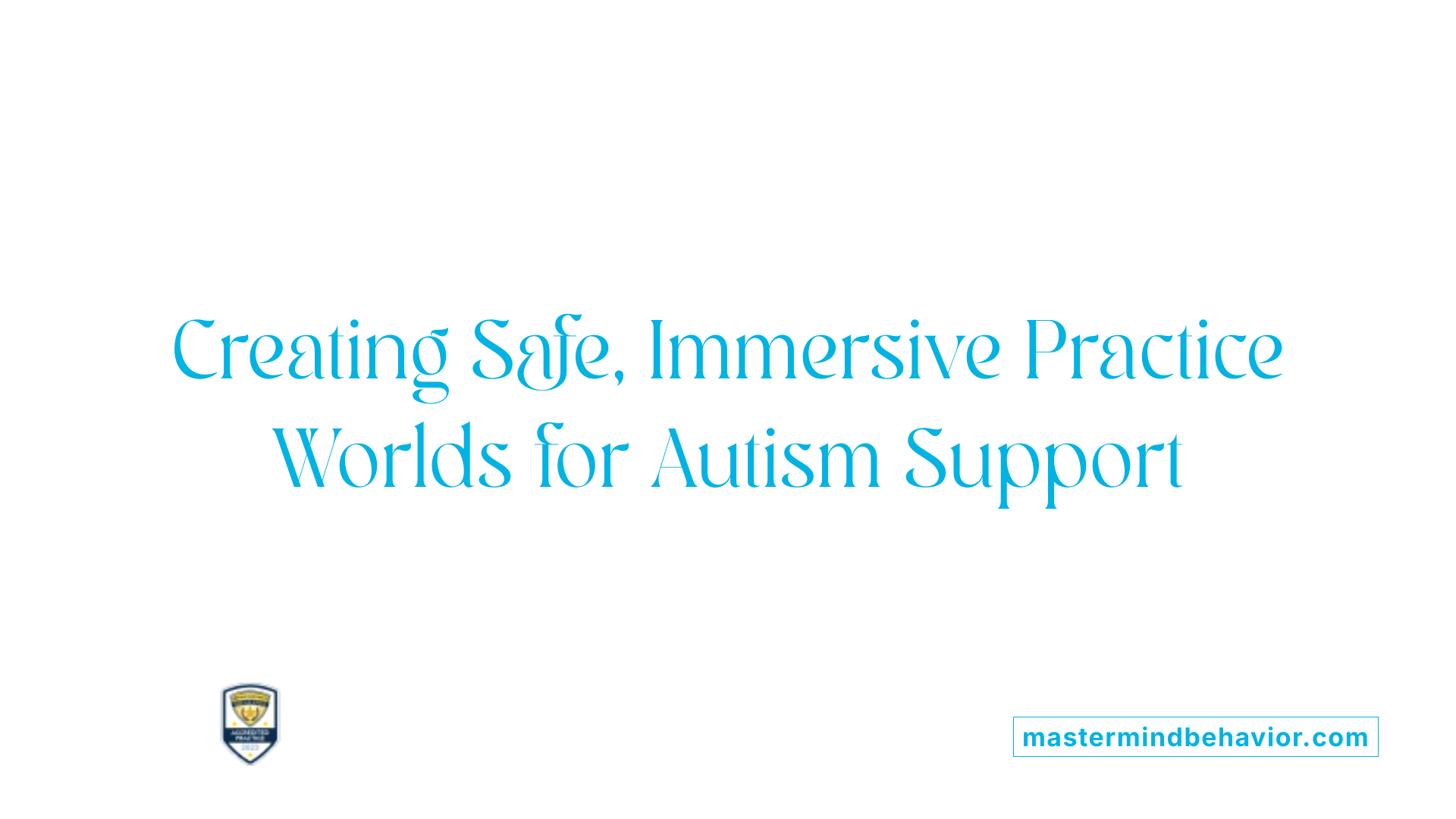
How are VR and AR environments used in ABA?
Augmented Reality (AR) and Virtual Reality (VR) are transforming ABA therapy by offering immersive environments that simulate real-world contexts. AR tools like Google Glass overlay social cues and facial expressions onto the real environment, helping individuals interpret social signals more effectively. Meanwhile, VR headsets such as Google Cardboard create fully immersive scenarios where children can practice social interactions, emotional recognition, and behavioral responses in a safe, controlled setting.
These technologies provide a dynamic platform for children to experience social situations that may be difficult to access or practice in real life. For example, a VR scenario might simulate a grocery store or classroom, allowing children to develop skills gradually while reducing anxiety associated with unfamiliar environments.
What are immersive social skills training and real-world scenario simulation?
Immersive training involves engaging children in realistic, computer-generated environments that foster social understanding and emotional regulation. These scenarios are customizable, enabling therapists to tailor experiences to each child's needs.
Real-world scenario simulation helps children rehearse daily routines, social interactions, and problem-solving tasks as if they were happening in real life. This approach improves skills transfer, confidence, and independence.
It’s especially useful for those who experience sensory sensitivities or social anxiety, providing a secure space for repeated practice and gradual exposure.
Data and insights from these technologies
Implementing VR and AR in ABA exposes detailed behavioral and physiological data collection, tracking eye contact, engagement levels, and stress responses. AI algorithms analyze this data to further personalize interventions and monitor progress over time. These insights support targeted therapy adjustments, making interventions more effective.
Overall, VR and AR environments play a pivotal role in enhancing social skills training, providing realistic practice opportunities, and supporting early intervention strategies for individuals on the autism spectrum. They complement traditional methods, ensuring a holistic, engaging approach to therapy.
Assistive Technologies Enhancing Communication and Daily Living Skills
What role does assistive technology play in ABA?
Assistive technology is vital in ABA therapy as it provides innovative tools that help individuals with autism overcome communication and behavioral challenges. These devices and applications support independent living, improve social skills, and make therapy more engaging and effective.
What technologies are used in ABA therapy?
A variety of technological tools are integrated into ABA practices to support overall development:
- Assistive communication devices and apps: Devices like speech-generating devices (SGDs) such as Proloquo2Go, and apps like Symbotalk and Dino Tim, empower non-verbal children to communicate and learn social cues.
- Wearable assistive technology: Smartwatches with haptic feedback provide tactile signals for communication and behavior cues. AR headsets like Google Glass interpret facial expressions, helping children recognize social cues and emotions.
- Neural command technology: Brainwave-based systems enable individuals with speech impairments to control communication devices through thought, opening new avenues for expressive independence.
More detailed overview
| Technology Type | Examples | Functions | Benefits |
|---|---|---|---|
| Communication Devices | Proloquo2Go, Symbotalk | Speech generation, visual supports | Improve expressive language and social interaction |
| Wearable Assistive Devices | Smartwatches, AR headsets | Real-time feedback, facial expression interpretation | Enhance social understanding and environmental adaptation |
| Neural Control Interfaces | Brainwave sensing systems | Thought-controlled communication | Enable speech for individuals with severe speech impairments |
Overall, these technological aids significantly boost motivation, facilitate learning, and foster autonomy for children with autism, tailoring interventions to their individual needs.
Digital Data Collection and Analysis Enhancing Treatment Precision
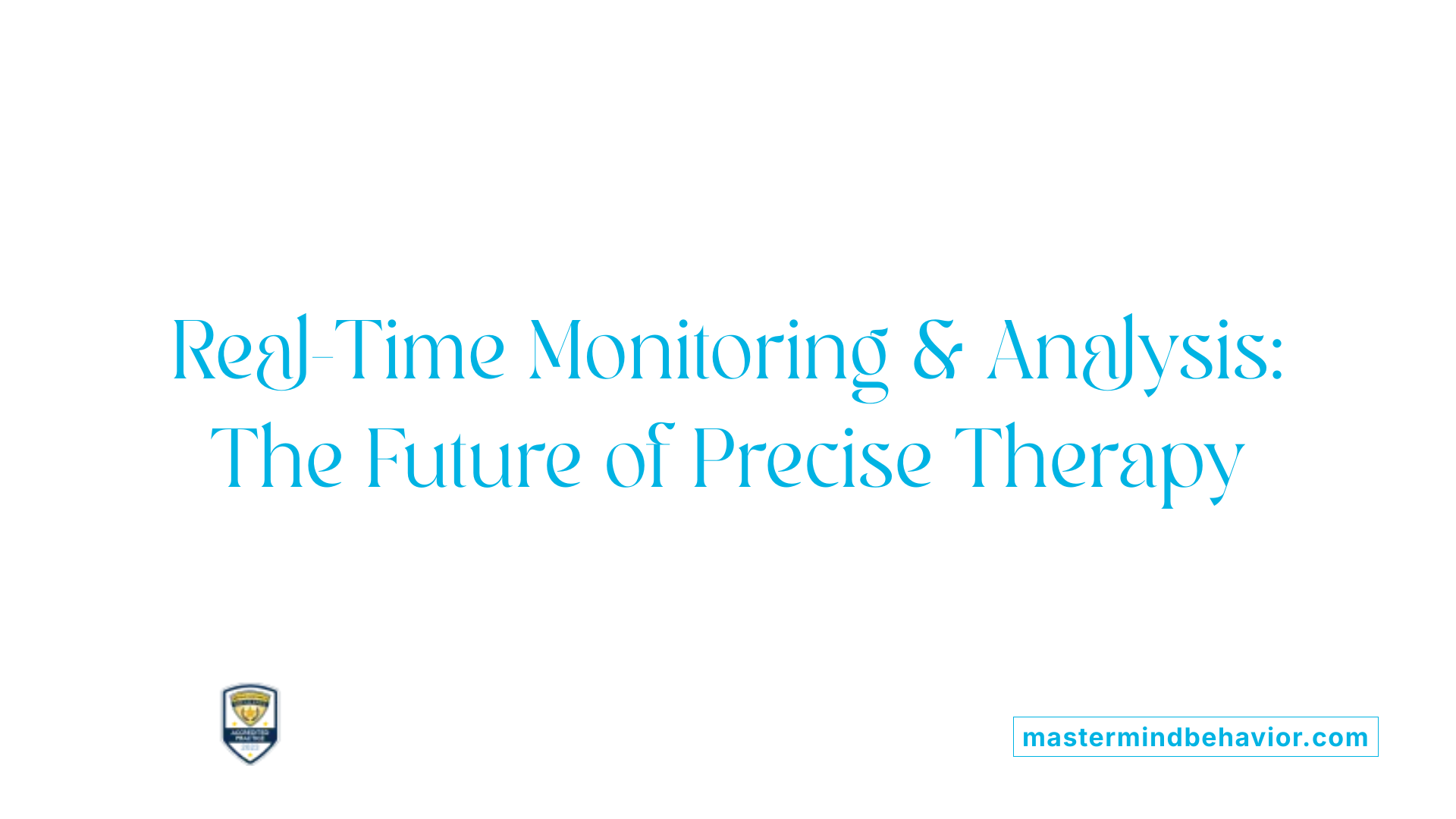 Technology has become an integral part of Applied Behavior Analysis (ABA) therapy, revolutionizing how interventions are designed, delivered, and monitored. Digital tools such as data collection apps and interactive platforms streamline the process of recording behavioral data, making it more accurate and efficient. These tools often include features that allow therapists to track progress over time, identify behavioral patterns, and adjust treatment plans accordingly.
Technology has become an integral part of Applied Behavior Analysis (ABA) therapy, revolutionizing how interventions are designed, delivered, and monitored. Digital tools such as data collection apps and interactive platforms streamline the process of recording behavioral data, making it more accurate and efficient. These tools often include features that allow therapists to track progress over time, identify behavioral patterns, and adjust treatment plans accordingly.
Real-time behavioral monitoring is especially valuable in ABA, providing immediate insights into a child's responses and behaviors. Wearable devices like smartwatches and sensors can track physiological data such as heart rate, stress levels, and activity patterns. This information helps therapists understand how children respond to various stimuli and environments, enabling more personalized interventions.
Data analysis plays a crucial role in enhancing treatment precision. Advanced AI algorithms evaluate behavioral data collected through digital platforms, predicting triggers and outcomes while suggesting the most effective strategies. Telehealth technologies, including webcams, remote observation devices, and telepresence robots, facilitate therapy delivery regardless of physical location. This increases access for children in remote or underserved communities, ensuring consistent support.
Moreover, immersive technologies like Virtual Reality (VR) and Augmented Reality (AR) create controlled environments where children can practice social skills, reduce anxiety, and navigate real-world scenarios safely. Mobile applications and video modeling provide engaging ways to reinforce skills outside therapy sessions, making learning continuous and compelling.
Overall, the integration of these digital tools not only improves the accuracy and efficiency of ABA services but also enhances engagement, independence, and social integration for children with autism.
Digital Data Collection Tools
- Mobile apps (e.g., Proloquo2Go, ABAflash, Symbotalk)
- Wearable sensors (heart rate monitors, motion trackers)
- Video modeling platforms
- Web-based data tracking systems
Data Analysis in ABA
- AI and machine learning algorithms for behavioral prediction
- Real-time progress assessment
- Personalized intervention adjustments
Real-time Behavioral Monitoring
- Use of telepresence robots for observation
- Wearable technology for physiological cues
- Remote video and live observation sessions
| Technology Type | Functionality | Impact | Examples |
|---|---|---|---|
| Data Collection Apps | Record behaviors, track progress | Improves accuracy and efficiency | ABC Autismo, Proloquo2Go |
| Wearable Sensors | Physiological and activity data | Enables personalized interventions | Heart rate monitors, motion sensors |
| AI & Machine Learning | Behavior prediction, intervention suggestions | Tailors therapy plans, predicts triggers | Custom AI platforms |
| Telehealth Systems | Remote assessment and therapy | Increases access and flexibility | Webcams, telepresence robots |
| VR & AR | Social skills simulation, anxiety reduction | Creates immersive training environments | Google Cardboard, Oculus VR |
By leveraging these technological advancements, ABA therapy becomes more precise, accessible, and engaging. Continuous innovation in digital data collection and analysis tools helps optimize treatment outcomes, ensuring children with autism receive personalized, effective support. As technology evolves, future trends will likely include even more sophisticated AI, neurotechnology, and virtual environments tailored to individual needs, promising a new era of enhanced therapeutic possibilities.
Ethical Considerations and Challenges in Technological Integration
What are some advancements and future trends in technology-assisted ABA services?
Recent developments in technology-driven ABA services highlight a surge in personalized and immersive tools. Artificial intelligence (AI) and machine learning are being employed to tailor interventions based on individual behavioral patterns, predict triggers, and analyze progress automatically. These intelligent systems enable more precise and adaptive support for each child.
Virtual Reality (VR) and Augmented Reality (AR) are increasingly incorporated into therapy sessions to create safe, engaging, and realistic social and environmental simulations. These immersive environments help children practice skills in a controlled setting, reducing anxiety and increasing motivation.
Wearable devices such as smartwatches and sensors continuously monitor physiological and behavioral data. This real-time feedback allows therapists to customize interventions proactively.
Telehealth platforms have expanded access, especially for children in remote areas, with numerous studies confirming their effectiveness in delivering functional analysis, parent training, and ongoing support. Looking ahead, innovations like neurotechnology and genetic insights promise further breakthroughs, paving the way for highly individualized and accessible ABA treatments. Continual research aims to optimize these digital tools, making therapy more engaging, effective, and universally available.
What are the ethical considerations associated with the use of technology in ABA?
While technological advances provide numerous benefits, they also raise important ethical issues that must be carefully managed. Privacy and data security are primary concerns; safeguarding sensitive information collected through sensors, apps, and digital platforms is essential to prevent unauthorized access or breaches.
Informed consent and confidentiality involve transparent communication with families about how their data is used, stored, and shared. Ensuring that caregivers fully understand the scope of data collection and their rights is crucial for ethical practice.
Equitable access to technological tools remains a challenge. Disparities in resources can lead to unequal quality of care, especially in underserved or low-income communities. Addressing this requires deliberate efforts to make advanced tools affordable and available to all populations.
Adherence to professional guidelines, continuous ethical review, and staying updated with evolving standards help protect client rights and maintain trust. As technology advances, ongoing discussions and policies are needed to navigate these ethical challenges responsibly.
| Aspect | Concern | Recommendations |
|---|---|---|
| Data Privacy and Security | Unauthorized access, breaches, confidentiality | Use encrypted platforms, secure login protocols, and regular audits |
| Informed Consent | Understanding data use, rights, and risks | Clear, comprehensive explanations; obtain documented consent |
| Equitable Access | Disparities in availability of technology | Subsidize tools, develop affordable solutions, broaden outreach |
| Future Trends | Neurotechnology, genetics, personalized care | Ethical guidelines adaptable to emerging technologies |
These considerations underscore the importance of balancing technological innovation with safeguarding ethical standards. Ongoing vigilance ensures that technological integration enhances ABA therapy without compromising client rights or social equity.
Embracing Technology for a Brighter Future in Autism Support
The integration of advanced technologies into ABA therapy marks a significant milestone in autism support, offering personalized, accessible, and engaging interventions. From immersive VR and AR environments to AI-powered data analysis, these innovations enhance traditional practices and expand the reach of services, especially via telehealth platforms that bridge geographical gaps. While promising, the ethical considerations around data security and equitable access must remain a priority as the field evolves. Looking ahead, ongoing research and technological development promise even more tailored and effective therapies, fostering independence and improved quality of life for individuals with autism. Embracing these technological advances paves the way for a brighter, more inclusive future in autism intervention.
References
- Technology and Applied Behavior Analysis (ABA)
- Technology to Facilitate Telehealth in Applied Behavior Analysis
- Innovative Tools for Enhanced Autism Intervention
- ABA and Technological Advancements
- The Role of Technology in ABA Therapy
- The Role of Technology in Enhancing Autism Services for Children!
- ICT Framework for Supporting Applied Behavior Analysis in the ...
- Technology and ABA Therapy Innovations - Quality Behavior Solutions
Recent articles
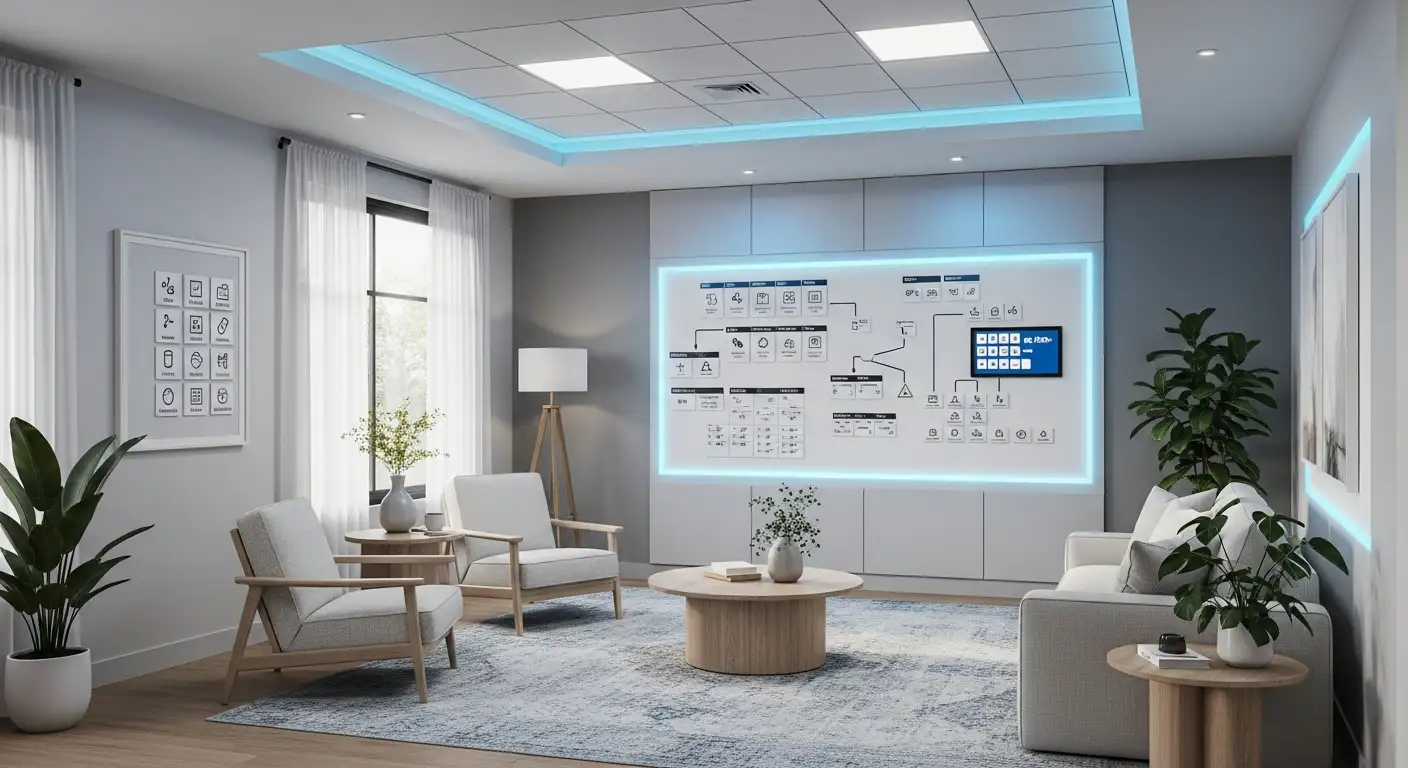
ABA Therapy For Supporting Flexibility In Changing Schedules
Navigating Change: ABA Therapy as a Lifeline for Flexible Routines

How ABA Therapy Improves Coping During Times Of Transition
Navigating Change with Confidence: The Role of ABA Therapy

How ABA Therapy Improves Morning And Bedtime Routines
Transforming Daily Habits: The Role of ABA Therapy in Structured Routines for Autism
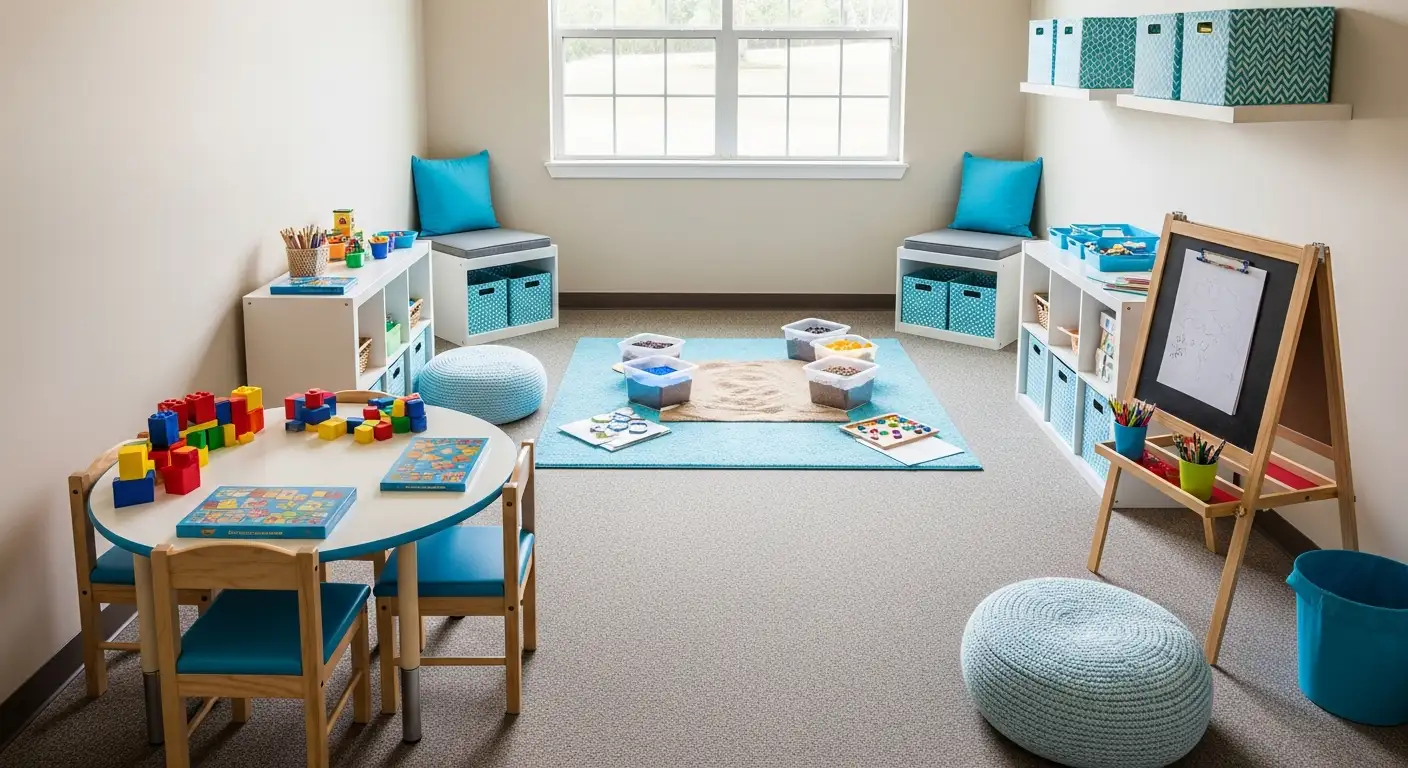
How ABA Therapy Improves Coping With Unstructured Free Time
Enhancing Daily Living: ABA Therapy and Managing Unstructured Time for Children with Autism

How ABA Therapy Supports Children During Community Events
Supporting Autism Spectrum Children Through Applied Behavior Analysis in Social Settings

How ABA Therapy Encourages Social Communication In Teenagers
Unlocking Social Skills Through Applied Behavior Analysis in Adolescents with Autism



